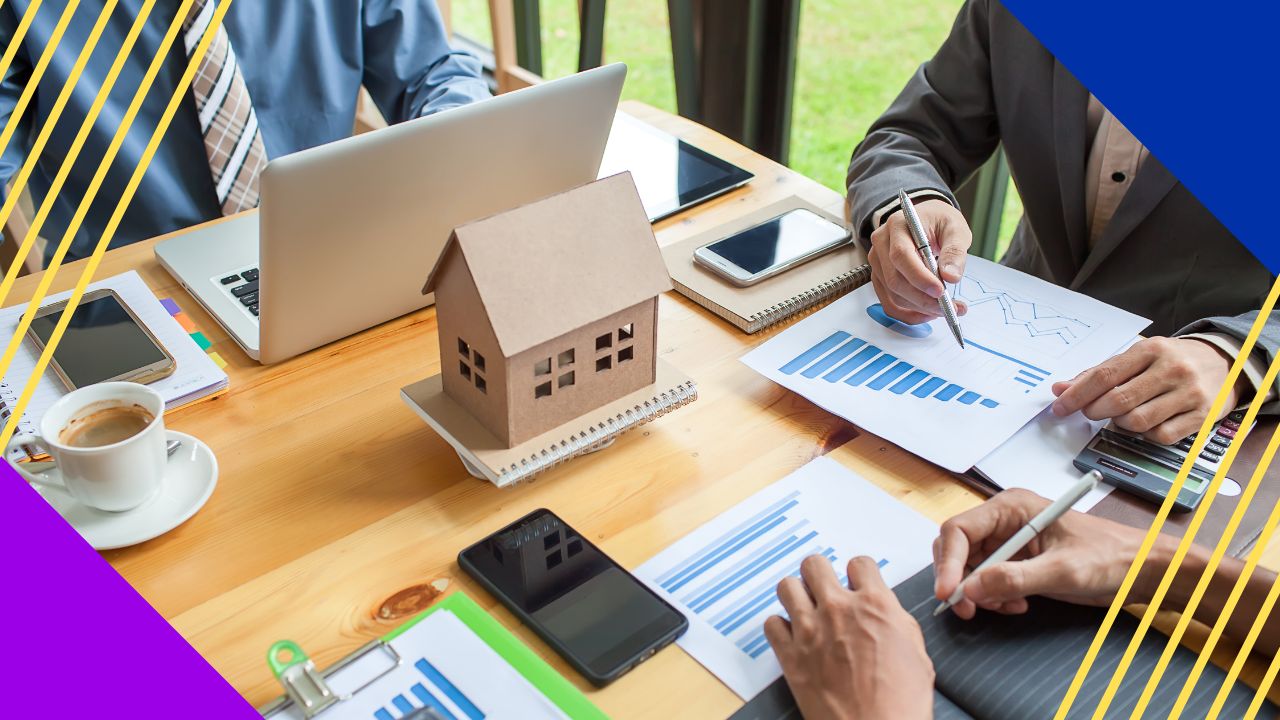Building design is an intricate process that combines creativity, functionality, and technical expertise. Whether you envision a residential space, a commercial property, or a public structure, understanding the core principles of building design is crucial to creating visually appealing and highly functional spaces. This article delves into the fundamental aspects of building design, offering insights that every aspiring designer, architect, or property owner should know.
Understanding the Purpose of the Design
Every building starts with a purpose. Whether it’s a cozy home for a family, a bustling office space, or a grand public library, the intended use guides the entire design process. A clear understanding of the building’s function helps establish a strong foundation for the project.
Designers and architects must consider how the space will be used daily. For example, a residential home requires a focus on comfort and practicality, while a commercial space must prioritise efficiency and adaptability. By defining the purpose early on, the building design can align seamlessly with the needs of its users.
Integrating Aesthetic Appeal and Functionality
The most successful building designs strike a balance between aesthetics and functionality. While a building’s exterior appearance captures attention, its interior layout and usability are pivotal in its long-term success.
Aesthetic appeal goes beyond selecting attractive materials and colours. It involves crafting a design that harmonises with its surroundings and reflects the vision of its stakeholders. For instance, modern buildings often feature sleek lines and minimalist styles, while traditional structures embrace ornate details and timeless charm.
Functionality, however, ensures that the building serves its intended purpose efficiently. This includes natural lighting, ventilation, accessibility, and spatial organisation. A well-designed building should offer a seamless blend of beauty and practicality.
Prioritising Sustainability and Energy Efficiency
In today’s world, sustainable building design is no longer optional—it’s essential. Incorporating eco-friendly practices and materials benefits the environment and adds long-term value to the property.
Energy efficiency is a cornerstone of sustainable design. Proper insulation, energy-efficient windows, and renewable energy sources like solar panels can significantly reduce a building’s energy consumption. Additionally, sustainable materials like recycled wood, bamboo, and low-impact concrete help minimise the ecological footprint of construction.
Water efficiency is another critical aspect. Designers can integrate rainwater harvesting systems, low-flow fixtures, and efficient irrigation solutions to conserve water resources. Prioritising sustainability ensures that the building remains viable for generations to come.
The Role of Modern Architecture
One emerging concept in building design is the integration of UPD8 Design principles. This approach emphasises adaptability, modularity, and future-proofing to meet the evolving needs of occupants. UPD8 Design enables buildings to adapt to changing requirements over time by incorporating flexible layouts and multifunctional spaces.
For instance, an office designed with UPD8 principles might feature movable walls, convertible workspaces, and infrastructure that supports rapid technological upgrades. This approach maximises the building’s usability and ensures its relevance in a rapidly evolving world.
The Importance of Structural Integrity and Safety
While aesthetics and sustainability are vital, structural integrity and safety are non-negotiable. A building must be designed to withstand natural forces, such as wind, earthquakes, and heavy rainfall, without compromising the safety of its occupants.
Engineers play a critical role in building design, ensuring that materials, load-bearing elements, and construction techniques meet strict safety standards. Regular inspections during construction further guarantee that the building adheres to all regulations and codes.
Enhancing the User Experience
A well-designed building doesn’t just look good—it feels good to inhabit. Creating comfortable, intuitive, and enjoyable spaces enhances the overall user experience. This includes factors such as acoustics, temperature control, and ergonomic design.
For example, an educational facility designed with user experience in mind will include well-lit classrooms, comfortable seating, and quiet study areas. Similarly, a healthcare facility might prioritise accessibility, privacy, and calming environments to improve patient outcomes.
Leveraging Technology in Building Design
Technology has revolutionised the building design process, offering tools and techniques that streamline everything from concept to construction. Advanced design software enables architects to create detailed 3D models, visualise spaces, and identify potential issues before construction begins.
Intelligent building technology is another game-changer. Features such as automated lighting, climate control, and security systems enhance occupant convenience and efficiency. These technologies align with sustainable design goals by optimising energy usage and reducing waste.
Collaborating with Experts and Stakeholders
Building design is rarely a solo endeavor. Collaboration between architects, engineers, designers, and clients is essential to achieve a cohesive and successful result. Each stakeholder brings a unique perspective, contributing to the project’s vision.
Clear communication and a shared understanding of goals are essential to effective collaboration. Regular meetings, detailed plans, and transparent decision-making processes help ensure everyone is on the same page throughout the project.
Conclusion: Building the Future
The fundamentals of building design go far beyond aesthetics. By understanding the purpose of the design, balancing beauty and functionality, prioritising sustainability, and incorporating innovative concepts like UPD8 Design, architects and designers can create spaces that stand the test of time.
From structural integrity to user experience, every element plays a crucial role in shaping safe, efficient, and inspiring buildings. As technology advances and environmental considerations grow increasingly important, the future of building design holds endless possibilities for innovation and excellence.
You may also like to read:
Common Mistakes to Avoid When Applying for Building Permits

